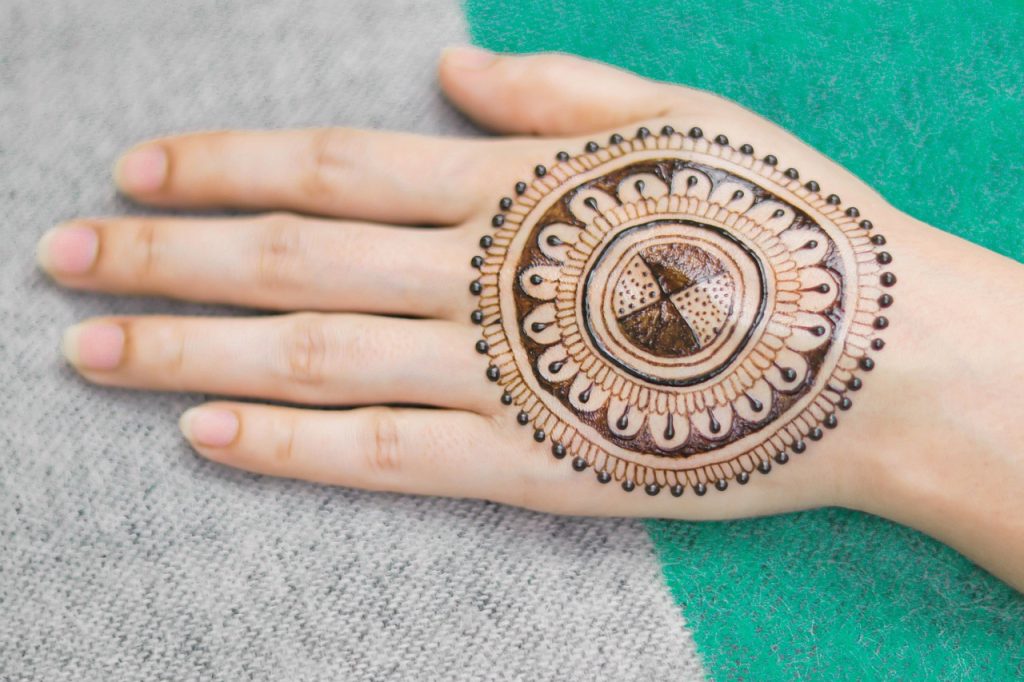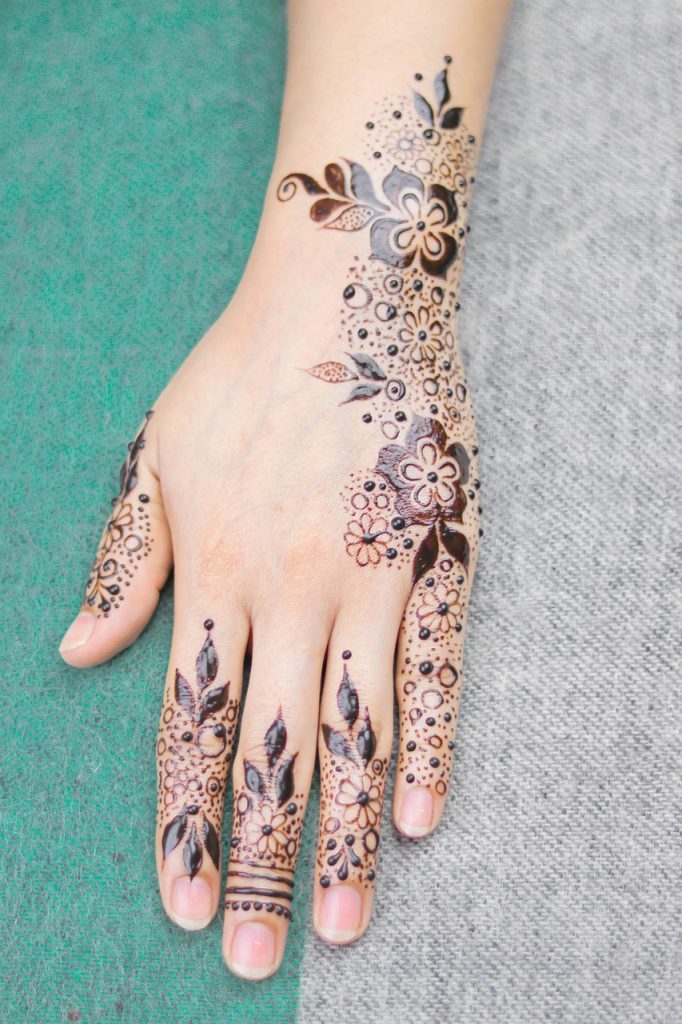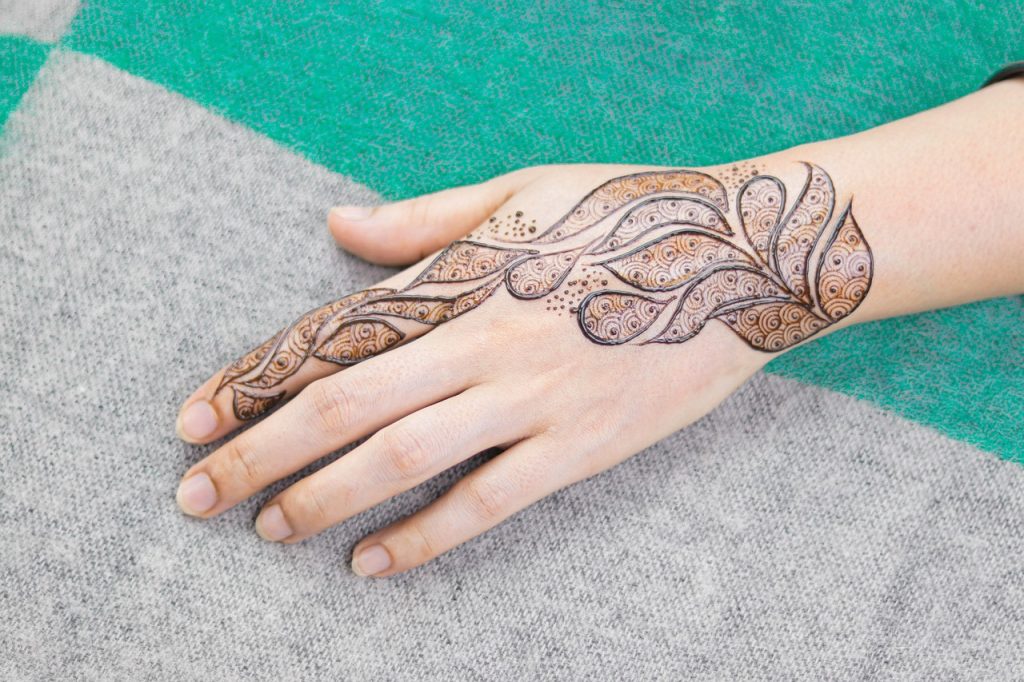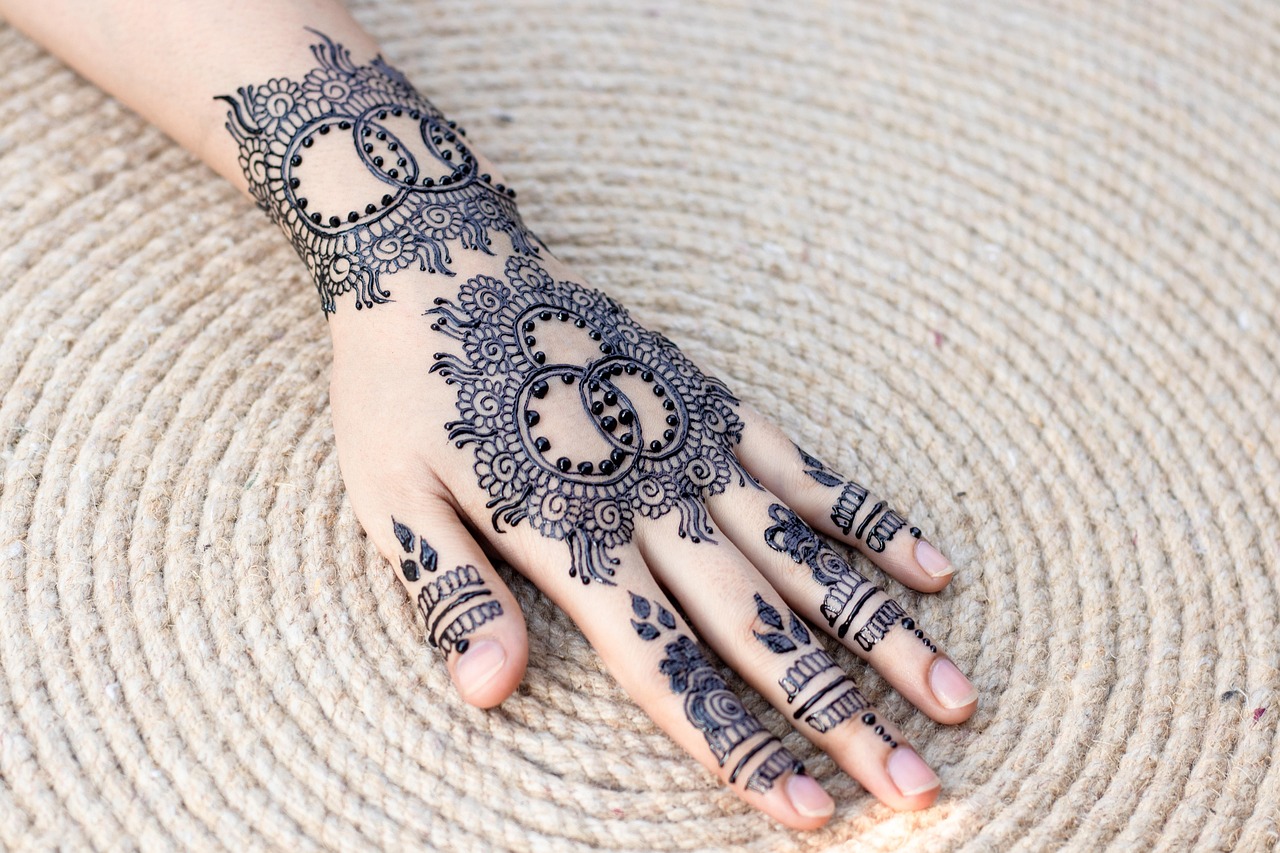Understanding Mehndi Design: The Arabic Influence

Mehndi, the art of applying intricate designs on the skin using henna, holds a significant place in various cultures, particularly in Arabic communities. Among the many styles, Arabic mehndi designs for the back of the hand stand out for their boldness and elegance. Typically characterized by floral patterns, intricate motifs, and flowing vines, these designs are not just beautiful; they also symbolize joy and celebration.
In Arabic mehndi, the patterns often feature larger spaces between designs, allowing for more movement and flair. This creates a stunning contrast on the skin and makes it a favorite choice for weddings and festivals.
What makes Arabic back hand mehndi unique?
The uniqueness of Arabic mehndi lies in its bold, flowing lines and the use of negative space. Unlike traditional Indian designs, which often cover the entire hand, Arabic designs emphasize a free-flowing artistic approach, focusing more on individual elements rather than dense patterns.
Recent Statistics on Mehndi Popularity
According to a survey by Trend Hunter, mehndi art continues to gain popularity, with a 35% increase in searches for Arabic designs around wedding seasons.
Elements of Arabic Mehndi Design for Back Hand

When choosing an Arabic mehndi design for the back of your hand, it’s essential to understand the various elements that make these designs appealing. Some common motifs include:
- Floral patterns
- Geometric shapes
- Peacock designs
- Vines and leaves
Each element carries its own significance. For instance, flowers represent purity while peacocks symbolize beauty and grace. When combined, they create a story that reflects the wearer’s personality and emotions.
Can Arabic mehndi be worn for casual occasions?
Absolutely! Arabic mehndi is versatile and can be worn for both casual and formal events. The designs can be simplified for everyday wear or made intricate for special occasions, allowing you to flaunt your style at any time.
Mehndi Case Study: Trends in Different Cultures
A case study by Henna By Naz highlights how mehndi styles differ across cultures, showcasing the adaptability and evolution of Arabic designs in contemporary settings, making them a global trend.
Tips for Choosing the Perfect Arabic Mehndi Design

Selecting the right Arabic mehndi design can be overwhelming due to the plethora of options available. Here’s a quick guide to help you choose wisely:
- Consider the occasion: Opt for elaborate designs for weddings and simple patterns for casual affairs.
- Skin tone matters: Darker skin tones often allow designs to pop more vividly.
- Be prepared for the drying time: Allow sufficient time after application for the mehndi to stain properly.
How long does Arabic mehndi last on the skin?
Arabic mehndi typically lasts between one to three weeks, depending on skin type and care. To ensure longevity, avoid washing the area with soap for the first 24 hours after application.
Expert Tip on Mehndi Care
Henna artist Sarah Khan suggests, “To enhance the stay of your mehndi, apply a mix of lemon juice and sugar after it dries to seal the color better.” Consider this simple yet effective tip for lasting beauty!
Conclusion

In conclusion, Arabic mehndi designs for the back of the hand offer a unique blend of elegance and personal expression. With their bold patterns and cultural significance, they remain a beloved choice for celebrations. Whether for a wedding or a casual outing, these designs can add a touch of charm to any occasion. Don’t hesitate to explore and express yourself through this vibrant art form!
If you enjoyed this post, share it with your friends or subscribe for more insights into the art of mehndi!
